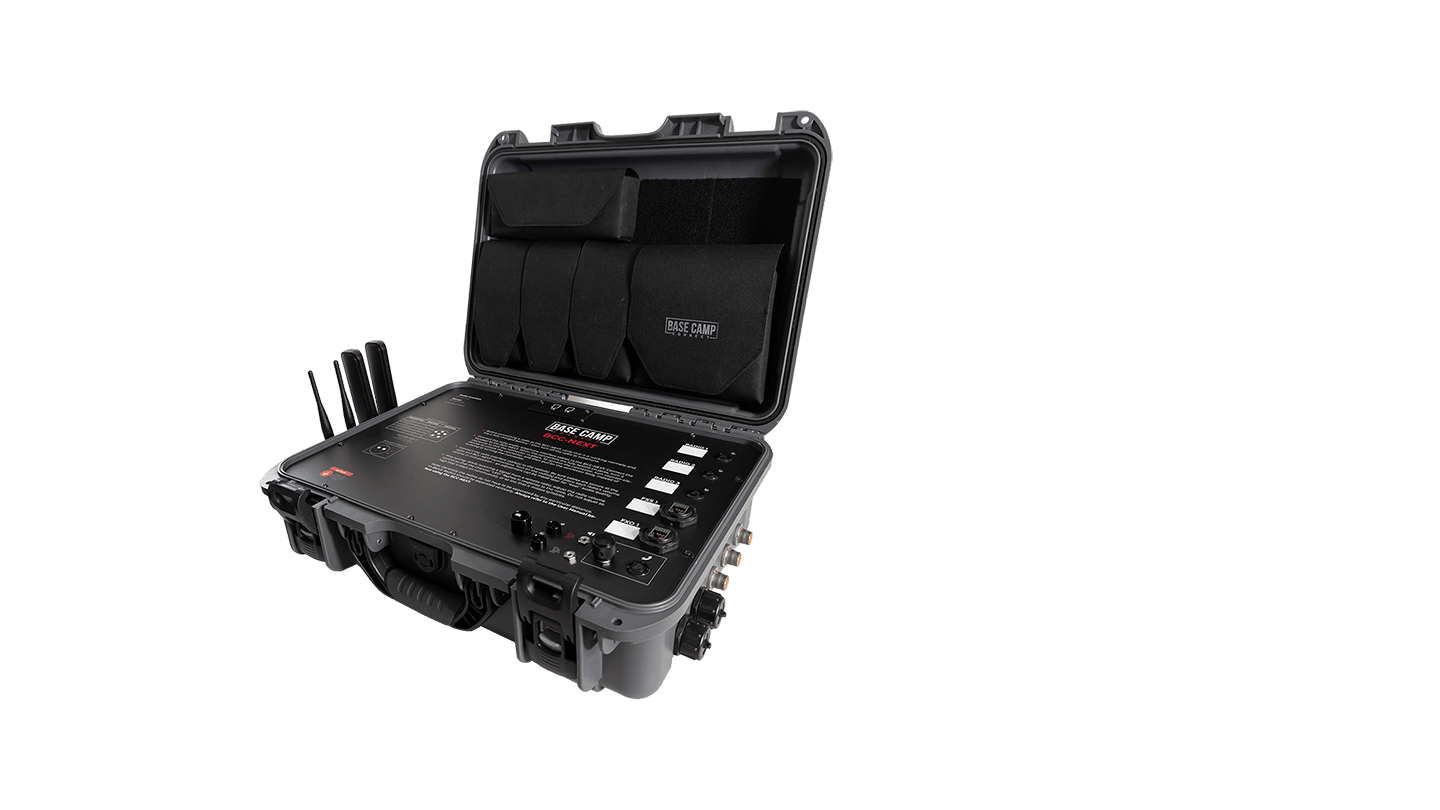2017 is almost over and we’re already working on new blog posts for 2018. In the meantime, here are the most-read stories about emergency management this year!

5 Questions to better equip your Emergency Operation Center
Working in Emergency Management, Fire, EMS, or law enforcement we have all, at some point in our career, likely been in our local or state emergency operations center, but what goes into building these command centers? More importantly, how are the EOCs of the future going to be equipped?
3 Steps to properly use a radio
When a firefighter joins the fire service, they are given training on operating hose line, throwing ladders and using a self-contained breathing apparatus; but not much time is given to train them on how to properly use a radio. I can hear the readers first thought; how hard can it be to operate a radio, you just need to push the button and talk. Yes that is true to a point, but we need to show our firefighters two things. First is the care, maintenance and use of the radio and secondly how to properly use the radio to communicate.
Emergency Operation Center 2.0
Almost every county emergency management agency, State DHS/EMA, and nearly every Federal agency now have some type of Emergency Operations Center. Additionally many private organizations such as; Hospitals, Financial/Investment organizations, oil and energy companies, and even social media companies have also invested heavily into some degree of a central command and control center and while EOCs are becoming a vital part of every organization, we must ask ourselves why do we need them to begin with and what is the best option for accomplishing the objectives we seek to complete.
How to make your communications better for managing emergency incidents
Most public safety agencies (fire, law enforcement, and EMS) in the U.S. and Canada do fairly well in using their communication tools, e.g., land mobile radios and wireless devices, for the day-to-day emergency incidents to which they respond. Those same entitites, however, can experience real communications challenges when faced with a large-scale or complex emergency event that requires the response of additional resources from multiple agencies.
6 articles on radios that every emergency responder must read
As you know, radio communications are essential to emergency response operations. This is why we have chosen 6 articles that every emergency responder should read. Good reading!














